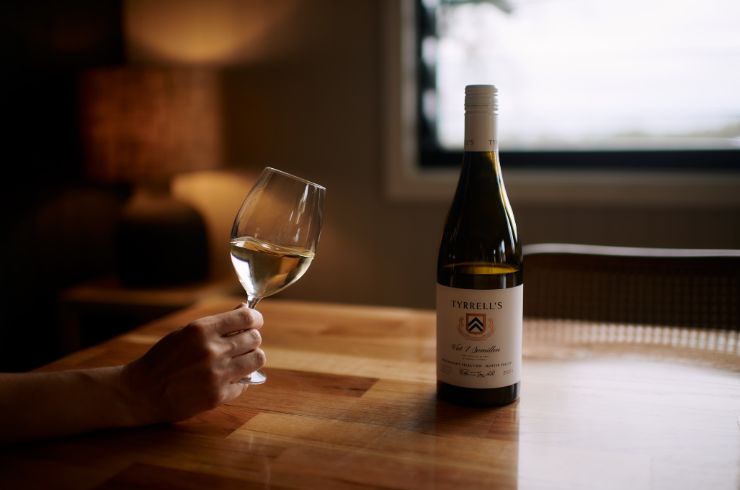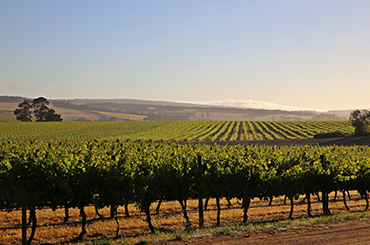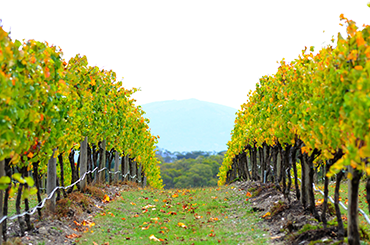Once darkly coloured, fruity and sweet, cloying and confected – Australia's rosé’s genesis arose from the commercial imperative of making money from low-grade and off-cut fruit. Flaws were blanketed with residual sugar and a ‘just for fun’ narrative that became so ingrained it thwarted any attempts at higher quality examples working in the market. In fact, the word ‘quality’ was once antonymous with Australian rosé, and consumers were once bitten. Australian wine has evolved. These words form a colossal understatement and verge on becoming a platitude, but they’re too palpably relevant to ignore. You don’t need to dig too deep to find articles exalting modern Australian wine in comparison to many of its historical guises. As is the case with Australian rosé – a beast turned to beauty.
Over time, the evolutionary pendulum swung from the above-mentioned fruity and sweet to the Provence-inspired pale pink and dry before landing on today’s equilibrium – a spectrum of colours done well. Colour now speaks to style and grape variety rather than quality, and the majority of rosé wines are balanced and assured, putting on show high quality and purpose-grown fruit.
All of that said, it’d be indecorous to imply that the rosé category is now awash with premium, ethereal, terroir-driven wines calling for deep analysis and carefully matched gastronomy. Food pairing options have certainly increased due to a greater array of styles, but outside of that, rosé’s application is the one facet that has changed least over the course of its upward trajectory. It’s still the ephemeral quench of spring through summer, and the good times narrative has prevailed – only now with countless options of considered, balanced and delicious wines to choose from.
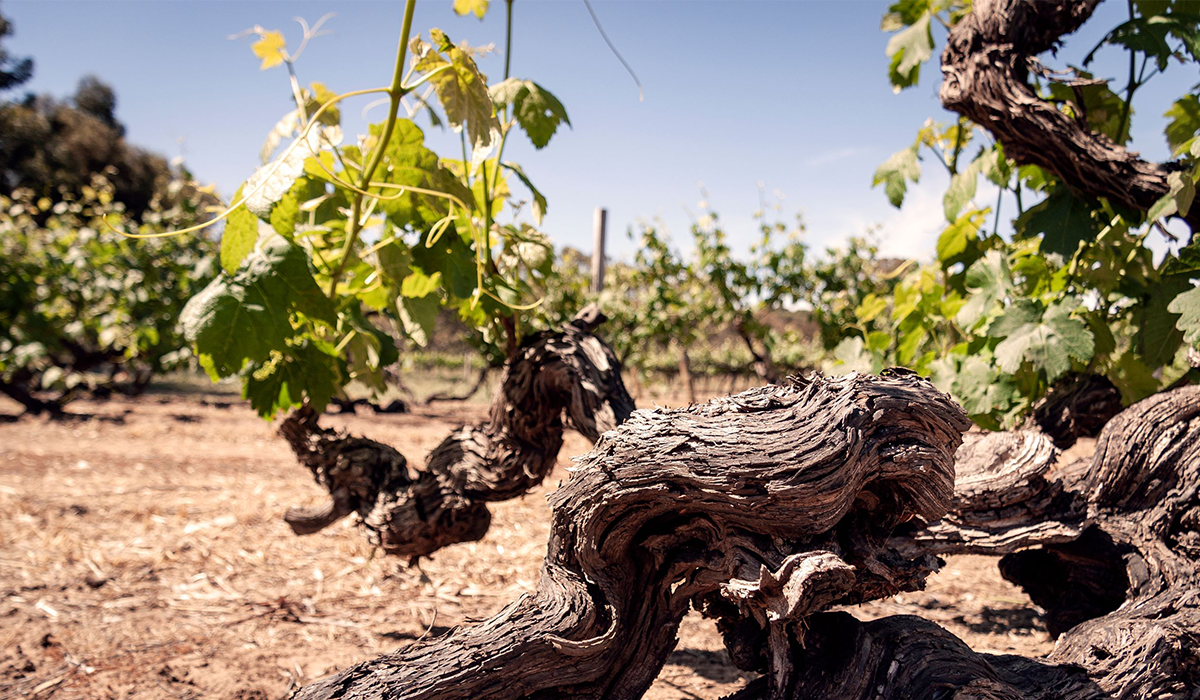
On a global level, the Mediterranean region of Provence in France’s southeast holds the highest esteem. The salmon pink and orange hued wines are synonymous with bathing in the French Riviera sun and tricking yourself into thinking you’re hydrating with their dry, fresh, and limpid rosé wines. The Provençal style permeated the wine globe with their explosion of attractively priced exports holding French label appeal.
Primarily, the grapes used in Provence are mourvèdre, syrah, grenache, cinsault, carignan and cabernet sauvignon. With these readily at hand, Australian winemakers worked to replicate the style to great success.
As is often the case, if you look beyond France’s shiny wine pedestal, you’ll see Italy jumping and waving in the background. Italy’s rosato (rosé) wines span the spectrum of colours from blushing to borderline red, mostly with a focus on savouriness and structure.
The addition of rosato-styled wine in Australia has added great dimension and breadth to the category. Using varieties like nebbiolo, sangiovese, aglianico, montepulciano and nero d’Avola, the wines often display copper, brick and onion skin hues, with flavours and aromas such as amaro, orange peel, and pomegranate to name a few.
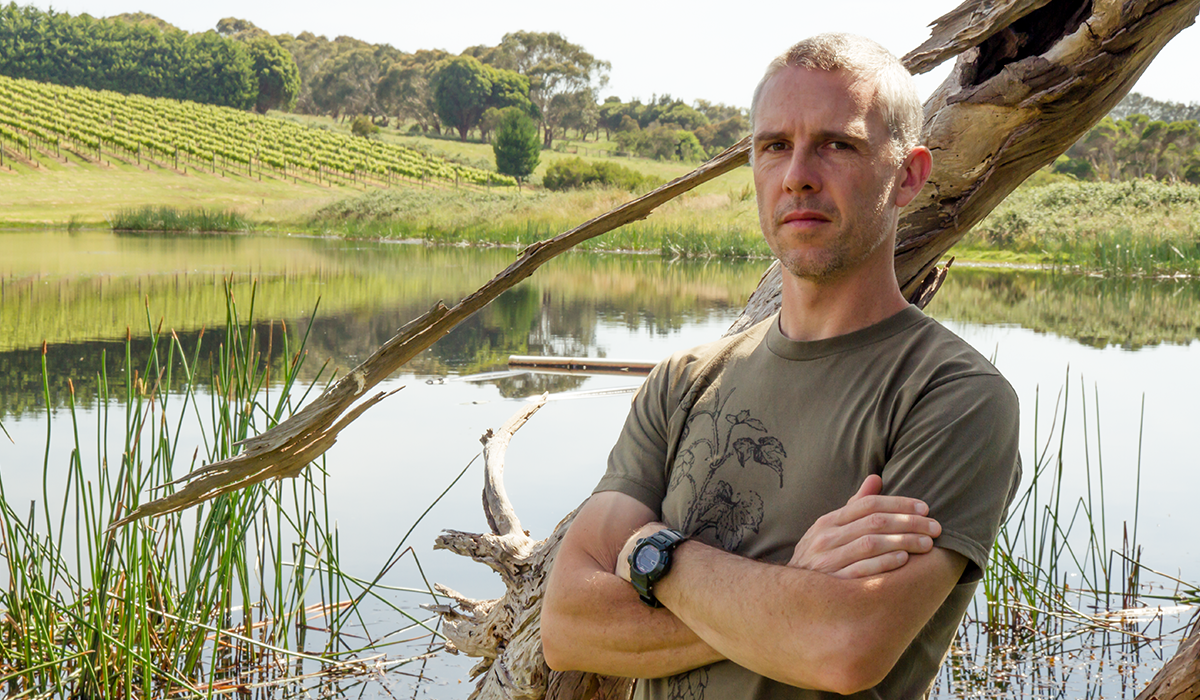
So, who are the Australian producers that have led the revolution? It would be remiss not to mention the Schulz family from Turkey Flat, who were early adopters of the Provençal style. They’ve long been making high quality rosé centring around their old vine Barossa Valley grenache, putting wines to market with a quality to price ratio that’s difficult to fathom. Their rosé wines are clean and pure, showing beautiful red fruits and delicate spice that can make a bottle disappear quicker than you can say “Barossa?”.
Another producer to put the Barossa Valley firmly on the rosé map is Spinifex, with gun winemaker Pete Schell and his wife Magali Geli consistently producing quality dry rosé with a nod to southern France. Schell has witnessed the rise firsthand. “The evolution of Australian rosé has been epic,” he says. “Across the board there has been a very strong shift in the focus of winemakers towards making rosé where freshness, drinkability and compatibility with food are first-order priorities. At the higher end of the market, Aussie rosés have become increasingly detailed, savoury and textural.”
Further south-east in coastal McLaren Vale, husband and wife duo Andre Bondar and Selina Kelly have made waves with their grenache-based rosé released under their Bondar label. Bright, crunchy and red fruited, Bondar’s supremely drinkable Provençal styled wine has popped up on wine lists and bottle shop shelves the country over, offering exceptional value.
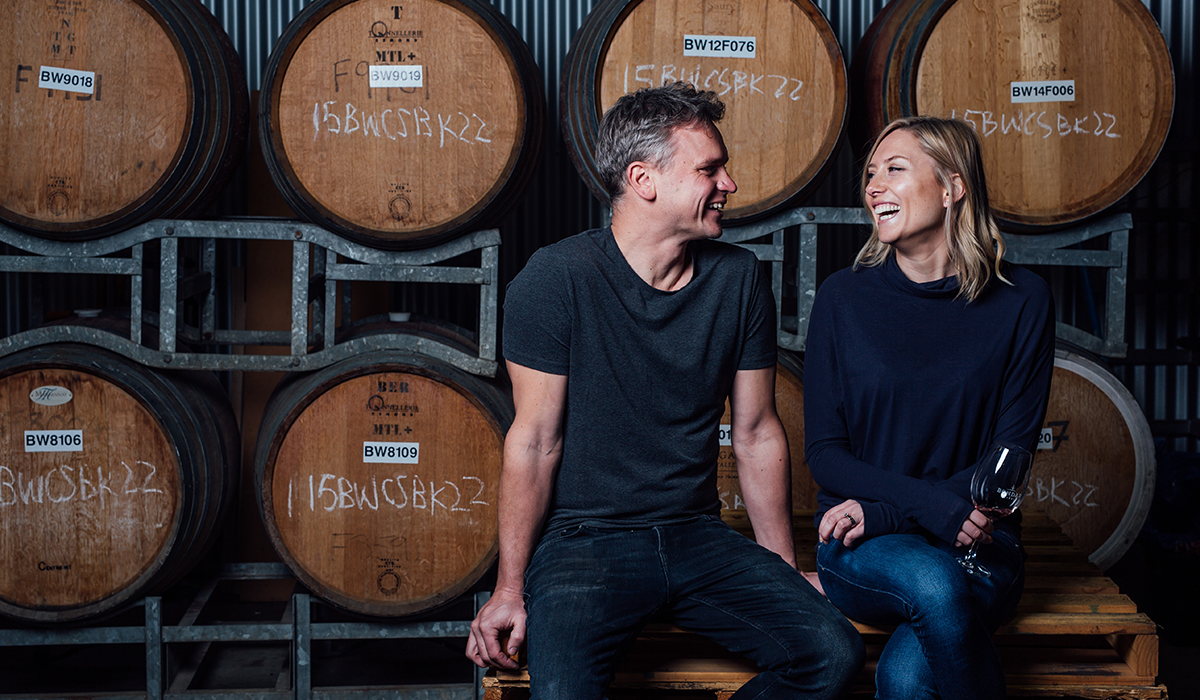
But it’s not just the warmer regions flying the flag. Mornington Peninsula rockstar Barney Flanders’ Garagiste label has been producing relentless hits, with rosé among them. He believes quality rosé is made in the vineyard. “You need great fruit to make great rosé – especially when it comes to pinot noir” he says.
“Gone are the days of second- and third-rate fruit making the cut based on being rosé bound. Just like with any sparkling, white or red wine – you need well-farmed, well-grown fruit to make quality rosé – irrespective of style.”
A blend of cabernet and shiraz might conjure deep colour and abundant structure, but winemaker Simon Steele from Medhurst in the Yarra Valley masters the art of gentle extraction resulting in fresh, high-toned, chalky rosé wines. “They look great together!” he says. “Cabernet sauvignon (55 per cent) delivers copper hues, pure wild strawberry lift and drive, while the shiraz (45 per cent) adds a creamier texture, mouthfeel and a touch of spice.”

When it comes to the critical components for producing quality rosé, Steele knows the score. “Thoughtful vineyard practices to produce high flavoured fruit at moderate yields, hand picking, complexity from skin contact, lees work or older oak. But most importantly great balance and drinkability.”
For the Italianate experience, Beechworth winemaker Peter Graham makes a 100 per cent nebbiolo rosé under his Domenica label. It’s dry, savoury and textural, offering up red cherry, blood orange and red floral notes. And in the west, Margaret River stars Julian and Alana Langworthy produce a sangiovese nebbiolo rosé released under their Nocturne label. A wine all about fragrance, spice, and thirst-quenching crunch.
With interesting and quality options abounding, Australian rosé’s future is as bright as the sun is hot. So, whether you were once bitten by the rosé beast of old, or you’re yet to dive in, pour yourself a glass and behold the beauty.
Sign up to view these tasting notes and ratings
By becoming a member of Wine Companion, you'll have access to the largest database of wines in Australia.

